The source/history of the approach
The history of the animation is longer than the history of filmography. Before cinema, animated stories were made by shuffling drawings one after another and projecting them to the wall.
The word “animation” means liveliness. By photographing successive drawings or positions of LEGO blocks or clay models (as in stop-motion animation), you create an illusion of movement when pictures are shown as a sequence.
In the digital era, you can connect successive pictures using software or on your mobile phone in order to create animation. Animation brings stories to life. With animation, you can explain processes, products, services and ideas or create fictive stories. Animation is linear method of story-telling. You have to watch it from the beginning to the end. This means it is a slower medium than illustration. You can make your narrative livelier by adding sound effects and voice-over.
The aims of the methodology
Animated stories are an effective way of storytelling, more captivating for an audience than static visualisations. Use it in order to get your message across in a way you want it. From a Youth Work point of view, animation can be helpful in explaining processes and services and can also be used for promotional purposes.
The structure of the methodology
Bring stories to life.
- Manuscripting the idea (creation of the storyline, text and visual storyboard)
- Designing visual characters, objects and scenes
- Recording the audio/voice over
- Animation – sequencing the movement according to the manuscript
- Sound Effect timing
- Evaluation and editing of the animation
- Distribution through selected channels
Possible combinations with other methodologies
Animation workshops can be combined with the following methodologies and methods:
- Stop Motion Animation
- Manuscripting, screenwriting
- Visualisation, Live visual notes, Infographics
- Digital storytelling: one minute movie (editing and framing)
Animation is closely connected to visual storytelling, one minute movie practices and visualization. These methods employ some of the same tools.
The possible benefits of applying it to the field of Youth Work
As visualisations, animations are useful when you want to create capturing and engaging content. People pay more attention to visual stories and their message is understood better than just textual presentation. Manuscripting the storyline also helps you to conceptualise your story and learn how to present it in more understandable way.
- Explaining processes and services for the stakeholders, decision makers, funders and clients
- Promotional material for social media use
- Animation workshops for young people
Aspects to take into consideration when using this approach in youth work
Examples of the methodology being applied in youth work, in different contexts
diences. https://youtu.be/GJChoKMQCiw



